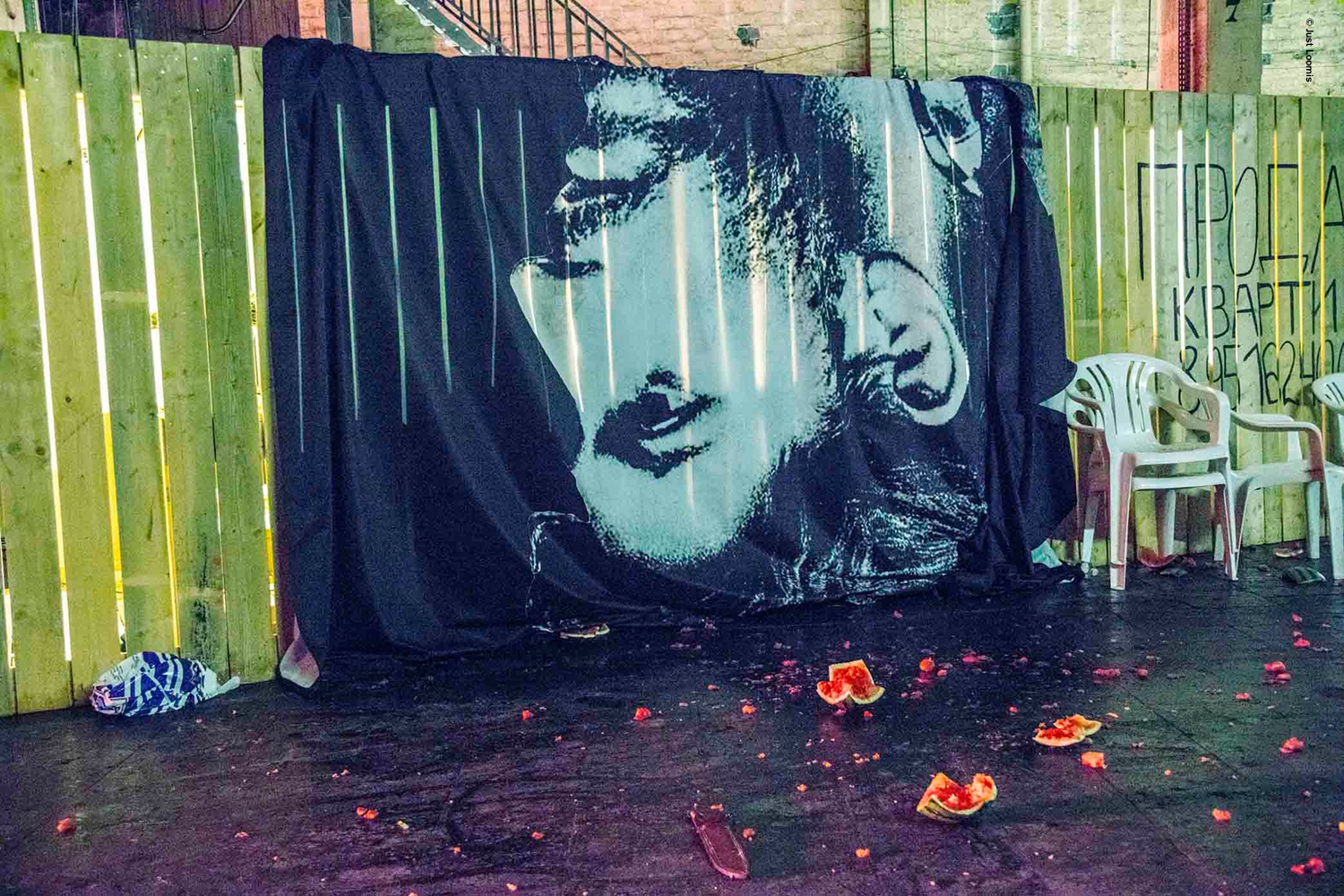


“You’re lying”, says one of Godard’s characters to another who has just said: “I see…” “Tell me what you really see”, she adds. One year before the student protests of 1968, Godard confronts his usual set of outsiders -criminals, intellectuals, prostitutes, brutally hollow archetypes of modernity- with a group of Maoist artists and political activists. Idealistic students longing for change revolutionize their lives, ploughing political ideologies and analyzing their relationships. The description is made with love and ethnographical accuracy, and covers planning and executing a real assassination with surrealistic effects. At a given moment the question is asked whether the Marxist-Leninist discourse is not for the group the same as the bleating of sheep for children in an Egyptian speech experiment: accidentally, the only sounds they have ever heard. The group breaks down into the individual stories and soon the characters appear again in the everyday life and hardship of the big city. It is at this moment that Die Chinesin has ties to other works by Godard.
Godard’s cinema is a breakup into reality; not only into the urban reality of a large city like Paris, but also to the frightening, fascinating truth of one's own perception. Rightly, his best known quote is “The cinema is truth 24 frames per second.” The breakup also implies parting with reality as one knew it. Godard shows us the world fragmented and fragmentable; its unity, as deception. His films do not reproduce the world, but they put it together in a new way. The elements are sensual: colour, text, music, movement, landscape, city, inside rooms… He shows that cinema is made of image AND sound, as Heiner Müller has clearly stated. Politically, he had clear words to describe the order of things: "When shit’s worth money, the poor won’t have assholes."
By somehow overpainting Godard's draft, director Dimiter Gotscheff and artist and stage designer Mark Lammert succeed in making visible the ties between stories, characters and forms. The whole range of modern subjectivity becomes clear in the confrontation between the idealistic Maoist cell and the big city’s amoral ego bodies. The group and the individual emerge separated like the chorus and the protagonists in ancient theatre, with which Gotscheff and Lammert have worked in numerous high profile productions.
With: Sebastian Blomberg, Frank Büttner, Bernd Grawert, Max Hopp, Barbara Prpic, Anne Ratte-Polle and Marie-Lou Sellem
Director: Dimiter Gotscheff
Stage and Costumes Supplier: Mark Lammert
Light Design: Torsten König
Dramaturgy: Ralf Fiedler